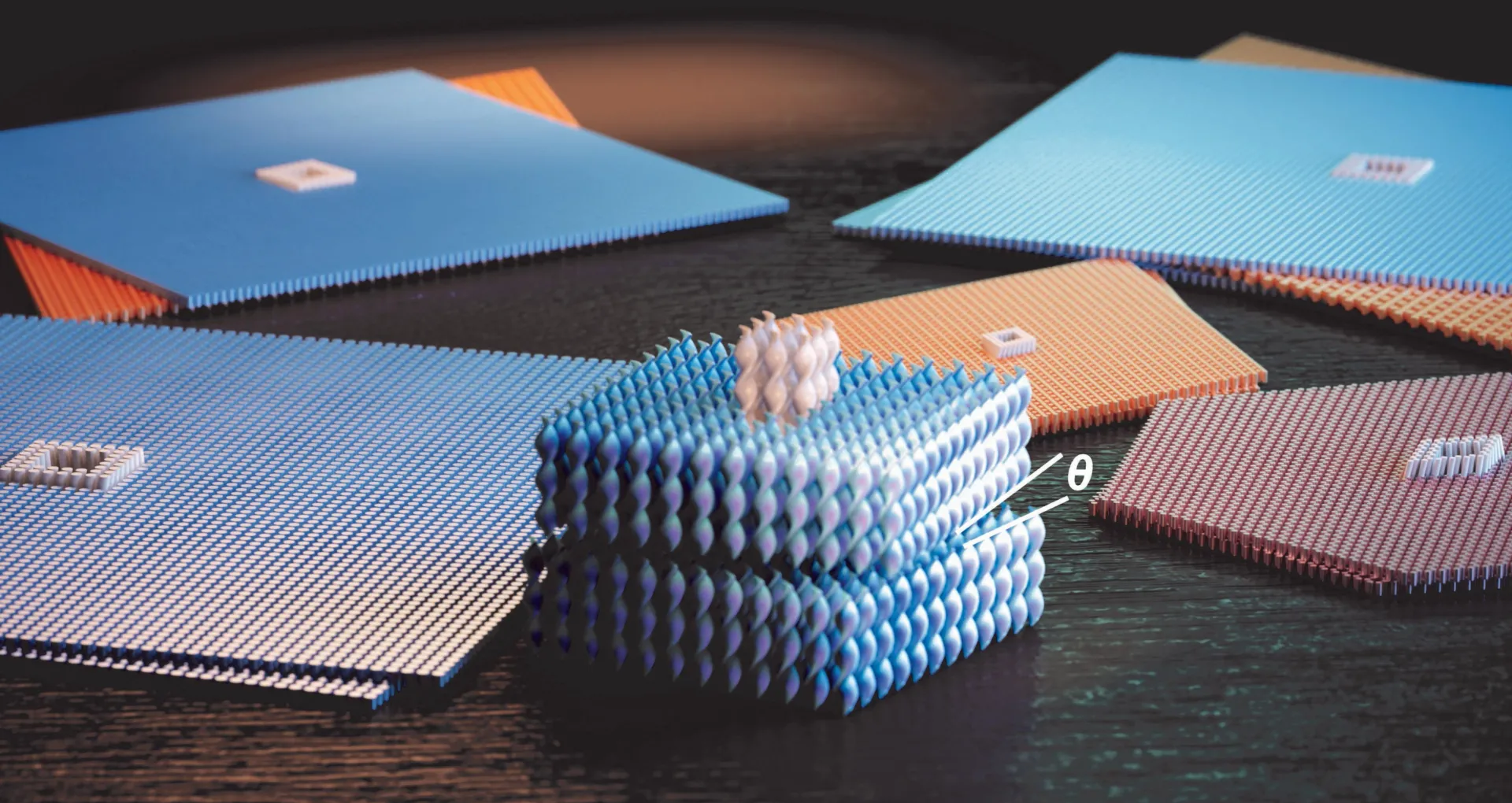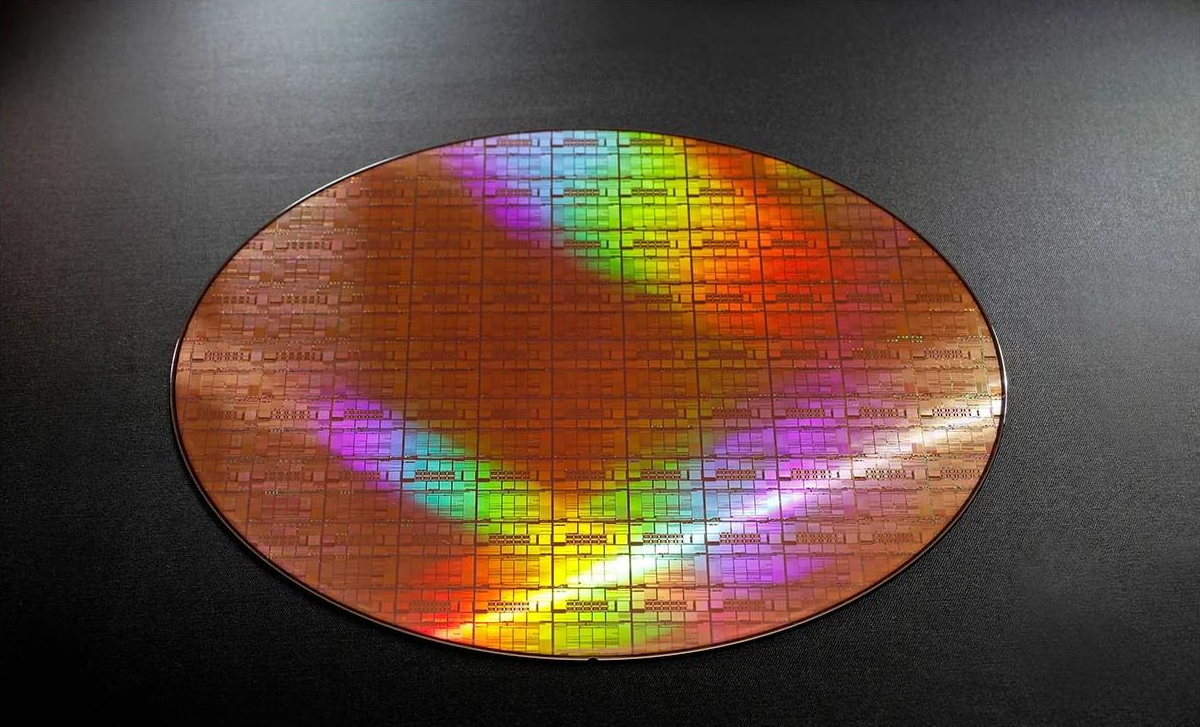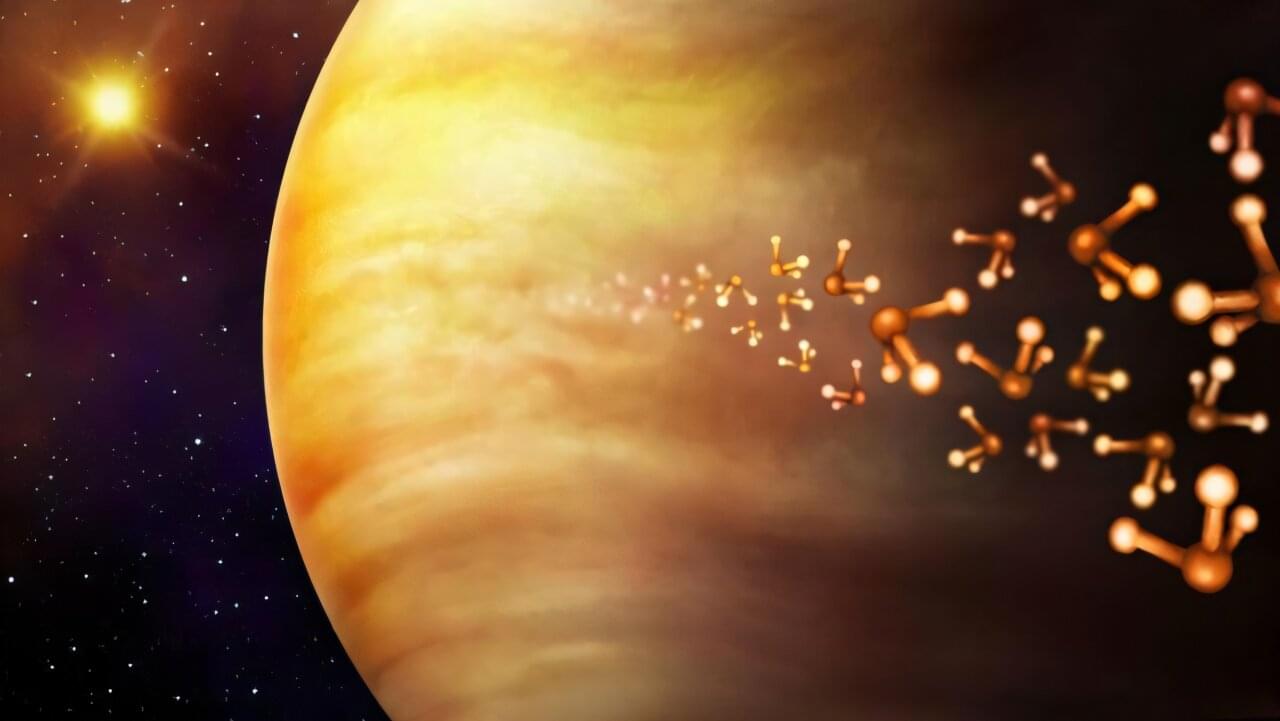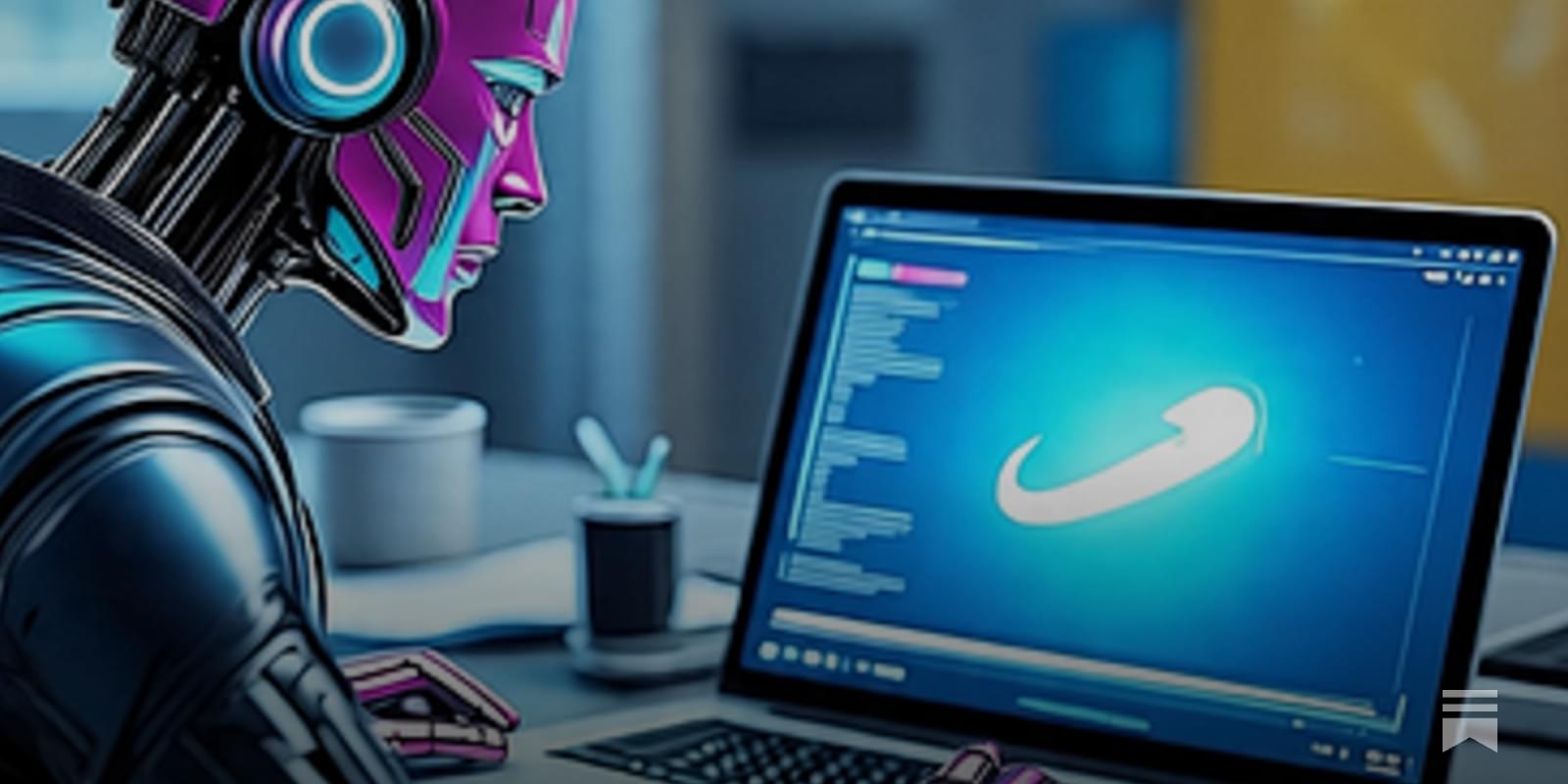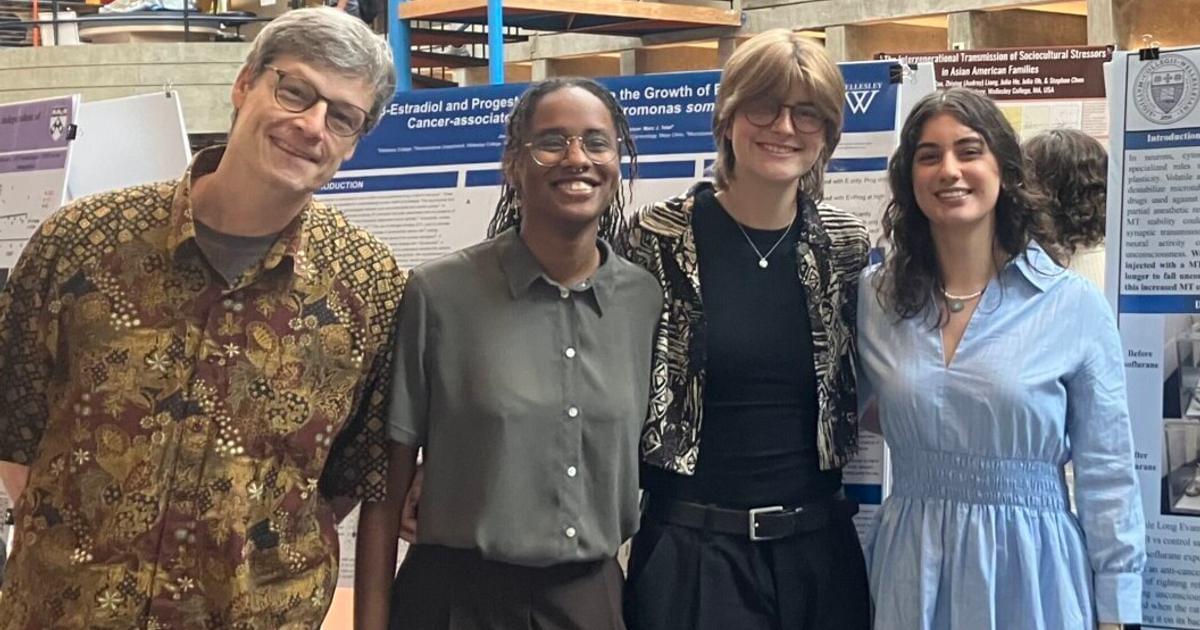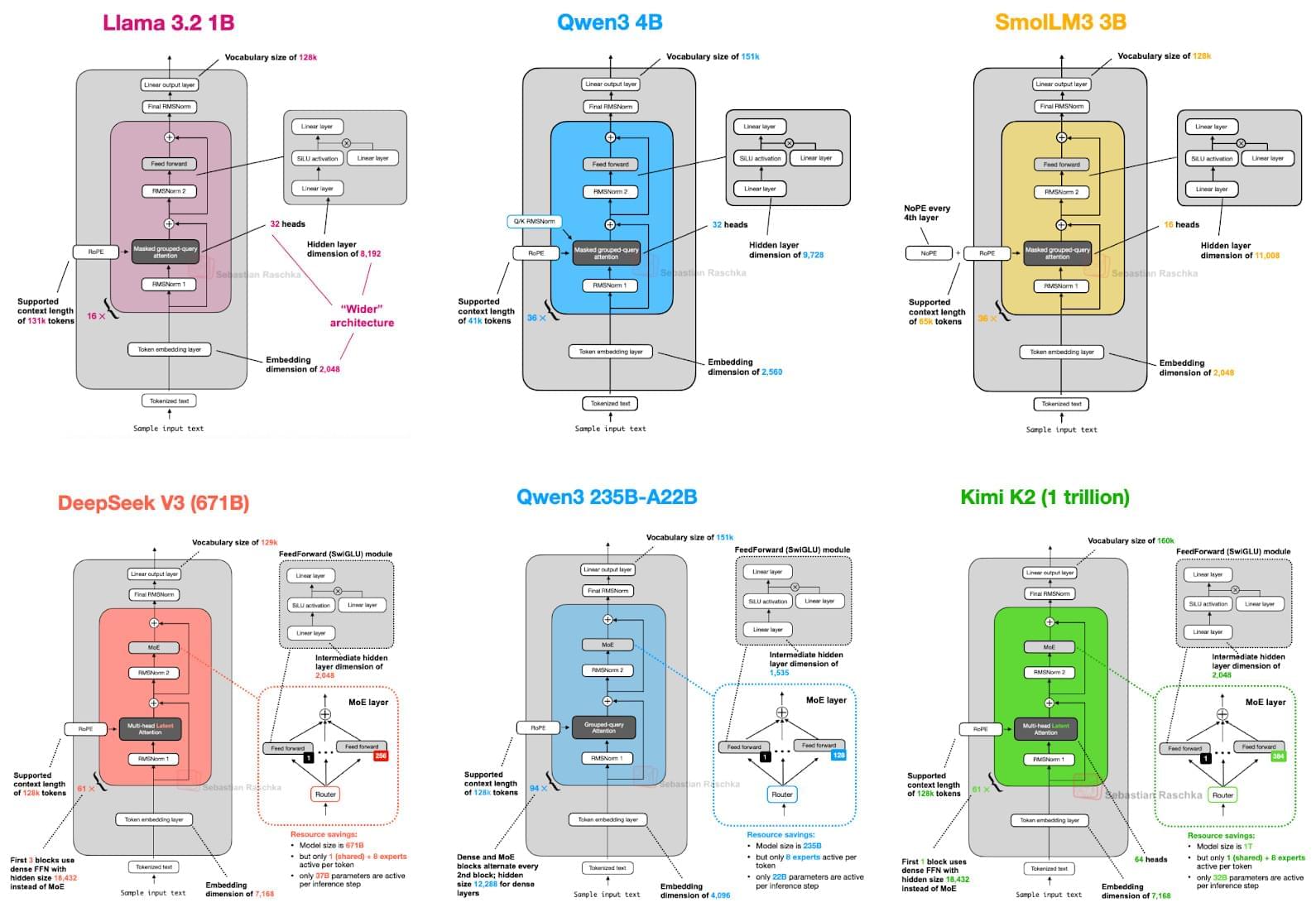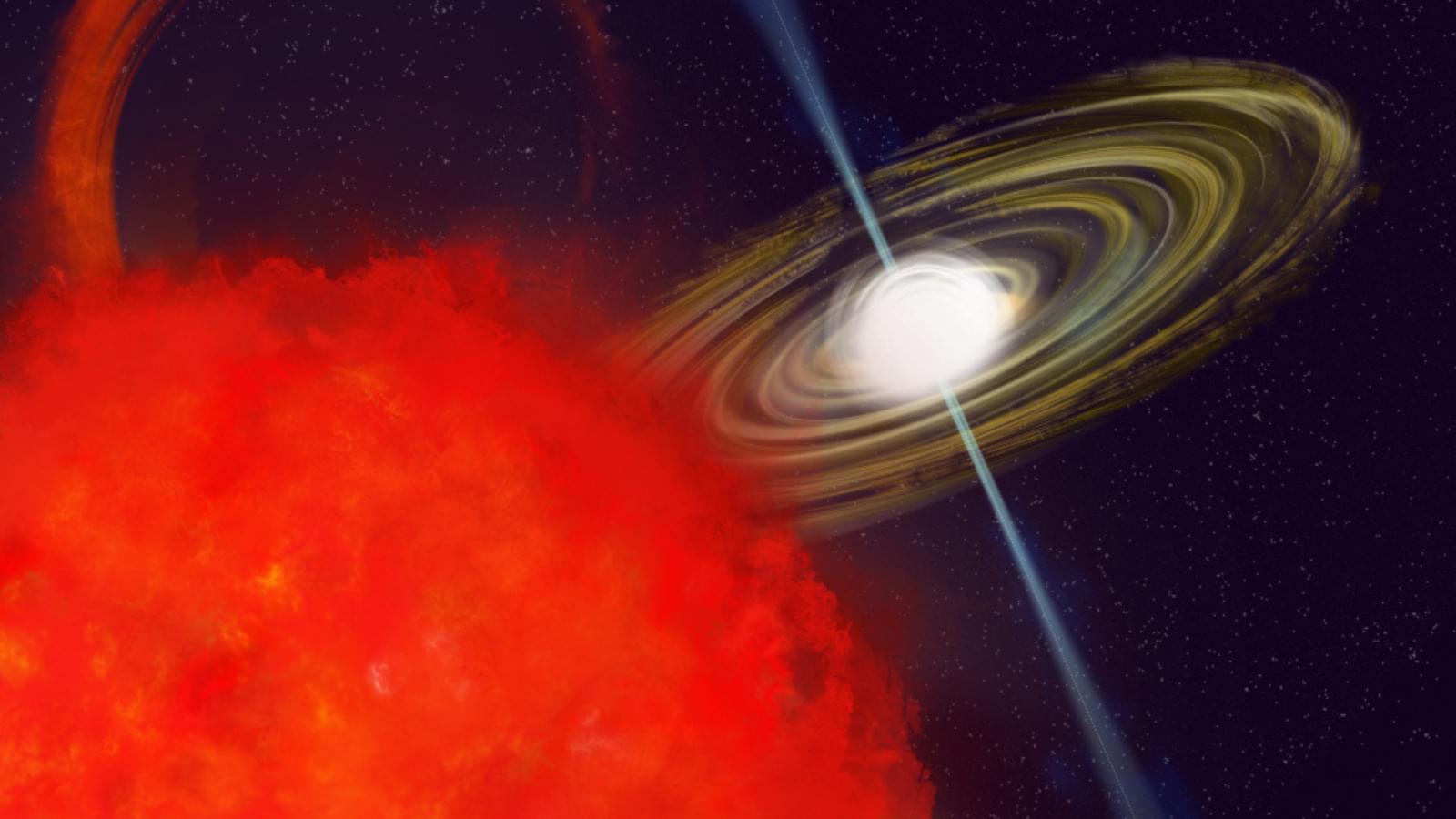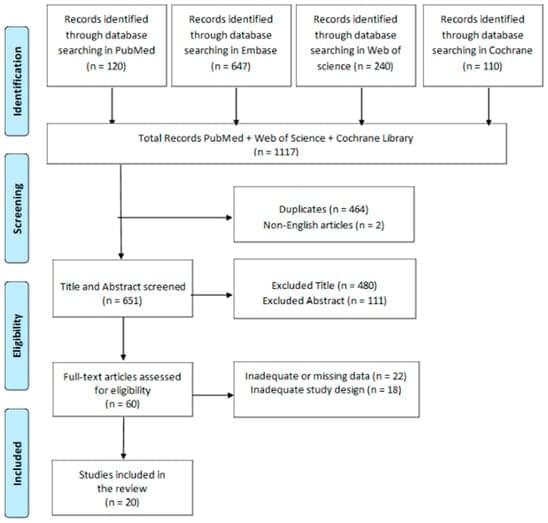Scientists have used DNA's self-assembling properties to engineer intricate moiré superlattices at the nanometer scale—structures that twist and layer like never before. With clever molecular “blueprints,” they’ve created customizable lattices featuring patterns such as honeycombs and squares, all with remarkable precision. These new architectures are more than just scientific art—they open doors to revolutionizing how we control light, sound, electrons, and even spin in next-gen materials.
